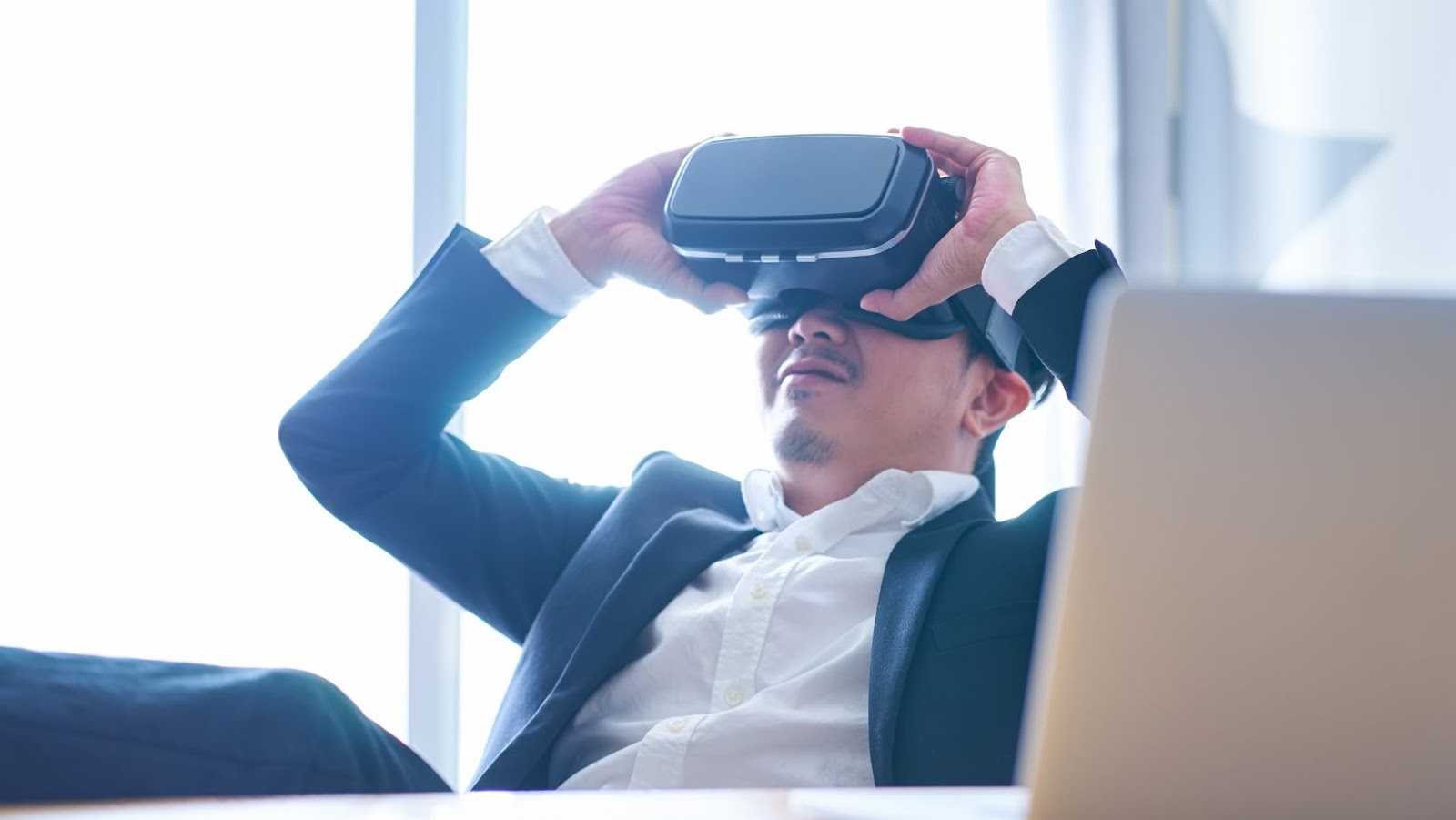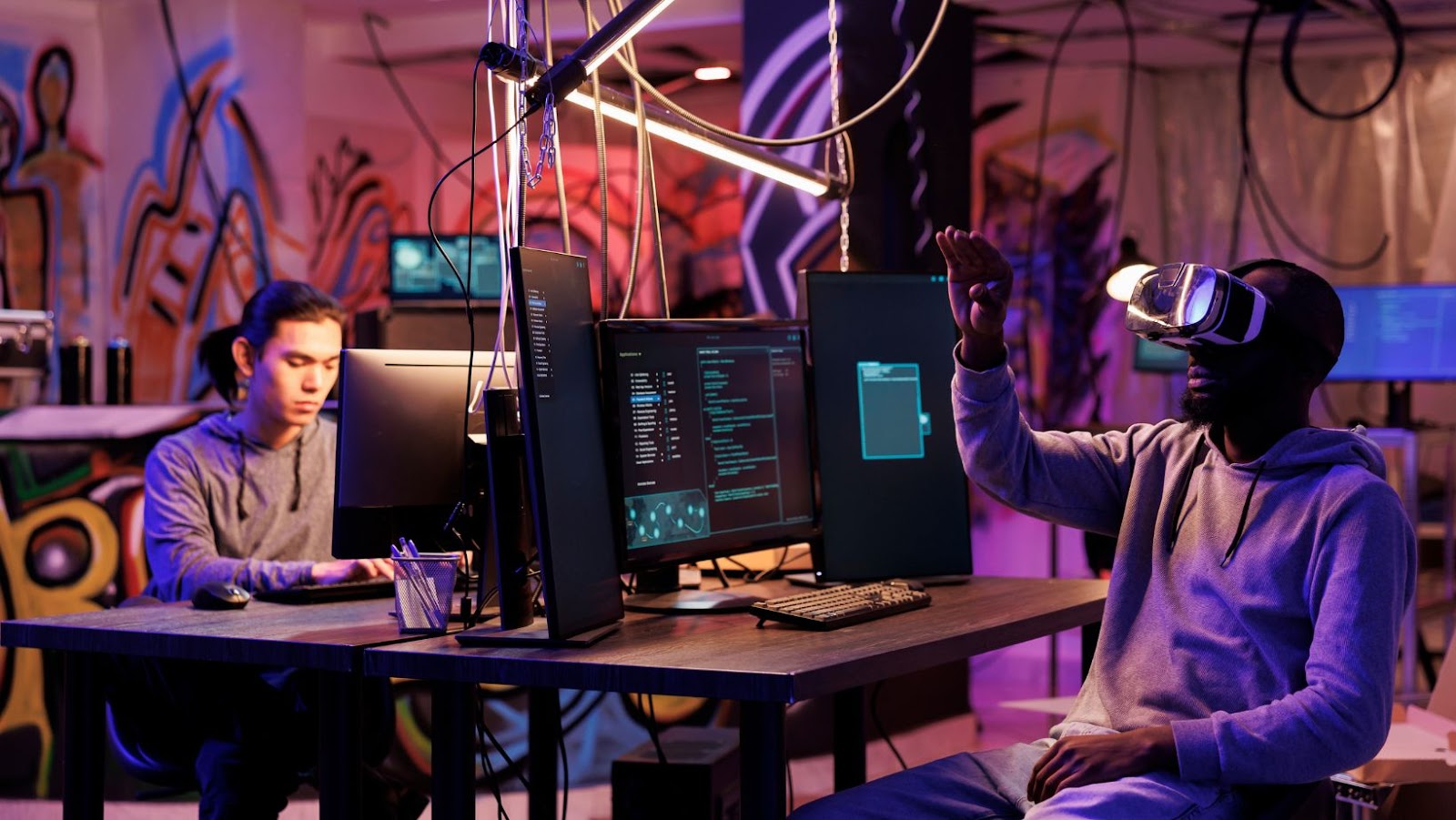 What is One Way a Virtual Reality Work Meeting
What is One Way a Virtual Reality Work Meeting
Virtual reality work meetings involve participants joining a shared virtual space via VR devices like headsets. These meetings offer several advantages over traditional video conferencing. VR meetings boost engagement by creating an immersive environment. Attendees can interact with 3D objects and their surroundings, leading to more active participation. For instance, team members can manipulate virtual models during presentations.
What is One Way a Virtual Reality Work Meeting? In VR work meetings, participants collaborate in real time within the virtual environment. This setting aids in brainstorming and problem-solving sessions, where team members can visualize ideas instantaneously. An example is utilizing a virtual whiteboard for mind mapping ideas.
One significant advantage of VR meetings is the ability to connect with remote colleagues seamlessly. Unlike traditional meetings that may suffer from lag and connection issues, VR platforms provide a stable and synchronous experience. Team members from different parts of the world can collaborate as if they are in the same room.
VR work meetings excel in visualizing complex data. Teams can explore large datasets, 3D graphs, or simulation models more intuitively. For example, a marketing team can examine consumer behavior trends through interactive graphs, leading to better insights and decision-making.
Presentations in VR meetings are highly dynamic. Speakers can incorporate interactive elements like animated charts, 3D models, and virtual demos, transforming a static presentation into an engaging experience. Product demos can be more effective when attendees can interact with the product in a simulated environment.
VR meetings drive productivity by minimizing distractions and fostering a focused environment. The immersive nature of VR ensures participants are less likely to multi-task. For example, during a VR strategy session, participants focus entirely on the agenda without the typical interruptions of a home or office environment.
 Benefits of Virtual Reality Work Meetings
Benefits of Virtual Reality Work Meetings
What is One Way a Virtual Reality Work Meeting? Virtual reality work meetings offer several advantages that enhance traditional collaboration and communication methods. Here are some key benefits:
Virtual reality work meetings enhance collaboration by allowing participants to interact in immersive 3D environments. Teams can use virtual whiteboards to sketch ideas, manipulate 3D models, or co-edit documents in real time. Collaboration becomes seamless as participants can see, hear, and respond to each other, just like in physical meetings. For example, architects can analyse 3D building models together, making real-time adjustments that everyone can view instantly.
Engagement levels increase in VR meetings due to the immersive nature of the technology. Participants feel more involved when they can move within a virtual space. For instance, they can walk around a virtual showroom while discussing product features, making the experience more interactive. This heightened engagement often leads to better retention of information. Unlike traditional video calls, VR meetings minimize distractions, as users are fully immersed in the virtual environment.
Virtual reality makes work meetings more accessible and inclusive by eliminating geographical barriers. Remote team members can join the same virtual space as their in-office colleagues, ensuring everyone has an equal opportunity to participate. This inclusivity extends to individuals with disabilities; VR can offer customized environments to accommodate various needs. For example, captions for the hearing impaired can be integrated seamlessly into the VR interface, ensuring no one misses critical information.
 Key Components of a Virtual Reality Work Meeting
Key Components of a Virtual Reality Work Meeting
What is One Way a Virtual Reality Work Meeting? Virtual reality work meetings integrate various technologies to create an immersive collaborative experience. The following elements are essential to ensure these meetings are effective and engaging. High-quality VR headsets are crucial for an immersive experience. Devices like the Oculus Quest 2, HTC Vive, and Sony PlayStation VR provide reliable performance, clear visuals, and ergonomic comfort. Peripheral equipment such as motion controllers and spatial trackers enhance interaction within the virtual environment, enabling detailed hand gestures and precise movement tracking.
Virtual meeting platforms serve as the backbone of VR work meetings. Platforms like Spatial, AltspaceVR, and Engage offer customizable environments and user-friendly interfaces. These platforms support various meeting types, from small team collaborations to large conferences, and include features like avatar customization and spatial audio to enhance immersion and user interaction.
Interactive tools within VR platforms facilitate dynamic collaboration. Virtual whiteboards enable real-time brainstorming, while 3D object manipulation supports detailed data visualization and prototype examination. Features such as screen sharing, note taking, and breakout rooms further augment productivity, allowing participants to engage deeply and collaboratively in the virtual space.